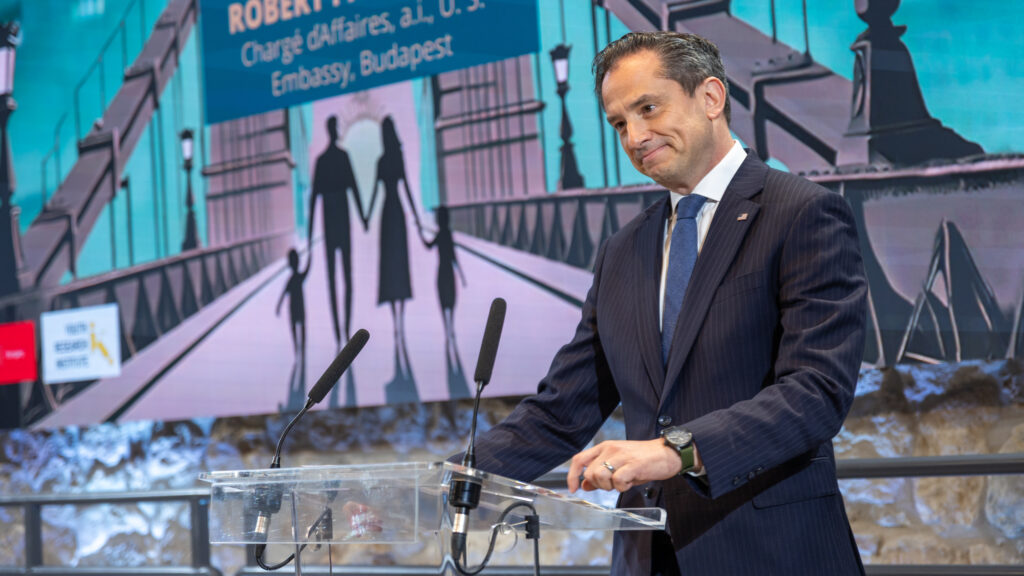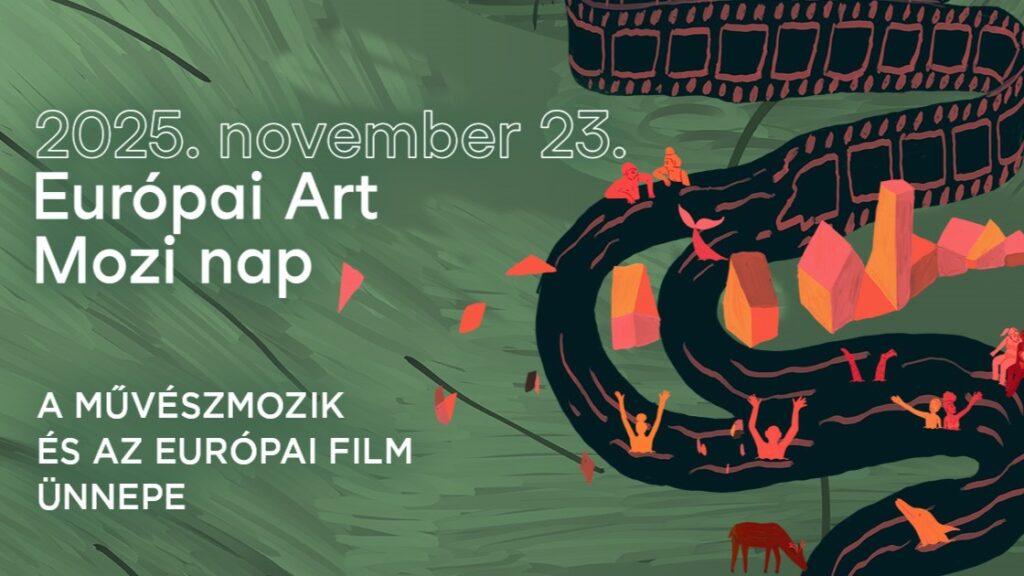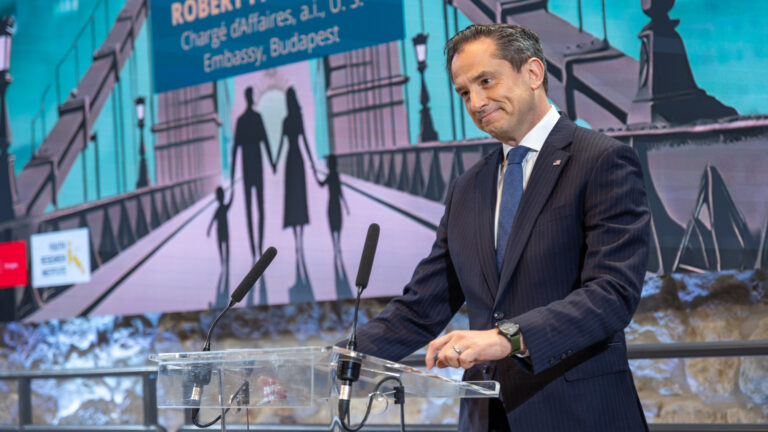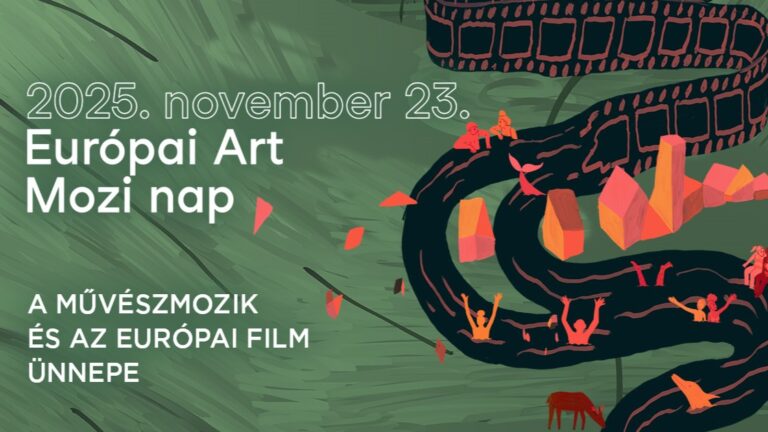The first Chinese terracotta warriors are already arriving at the Museum of Fine Arts in Budapest ahead of the upcoming exhibition Guardians of Eternity – The Terracotta Army of China’s First Emperor, opening at the end of November. According to museum director László Baán, no exhibition of comparable scale has been staged in Central Europe in the past quarter century. At a press event on Wednesday, organizers unpacked and presented a two-thousand-year-old sculpture depicting a mid-ranking military officer.
Baán recalled that the Hungarian public first encountered the terracotta army in the spring of 1988, though archaeological knowledge at the time allowed only a much more modest display.
Curator Györgyi Fajcsák, director of the Ferenc Hopp Museum of Asiatic Art, explained that the main showcase will present units of the terracotta army arranged as they were uncovered by archaeologists in China. She noted that the richest trove comes from the first excavation pit, which originally held some 8,000 life-sized warriors, several chariots and their drivers, as well as military officers. The newly unpacked statue, more than 2 metres tall, originates from this pit and portrays a mid-level commander.
The statue, discovered in 1980 at the mausoleum of Qin Shi Huang, depicts one of the infantry leaders who marched ahead of and behind the chariots, as well as among independent foot units. Traces of the original coloured paint remain visible on the warrior’s face, armour and robe. His flat, two-part headdress identifies him as a middle- or lower-ranking officer. He wears a knee-length cloak over short trousers and stockings, with square-toed shoes. His right arm hangs at his side with the hand half-clenched, while his left arm is raised as if holding a long weapon. Armour plates protect his chest, back and shoulders.
Alongside the warriors, the exhibition will showcase more than 150 ancient artefacts, weapons, ceremonial objects and archaeological finds. Qin Shi Huang, who ascended to the throne as a teenager in the 3rd century BC, unified the warring states into a vast empire nearly two decades later. His mausoleum complex—built over 33 years by hundreds of thousands of labourers—contains numerous tombs and a miniature model of his empire. Although the central tomb remains unopened, Chinese archaeologists have excavated many surrounding burial sites over the past 50 years.
The terracotta army, discovered in 1974 by local farmers digging a well, remains the most iconic find. Thousands of life-sized soldiers with individually sculpted faces were buried in strict military formation to guard the emperor in the afterlife.
This exhibition brings together half a century of research, offering the most comprehensive and refined overview yet of the first imperial dynasty and the workings of ancient China. It is exceptional not only in size but also in the number of original artefacts loaned by Chinese museums—a rarity even at the European level. All items come from institutions in Shaanxi Province, including the Museum of the First Emperor’s Mausoleum, the Yangling Mausoleum of the Han Dynasty, and the Shaanxi Provincial Institute of Archaeology.
Guardians of Eternity will be open to visitors from 25 November 2025 to 25 May 2026.
Related articles:







